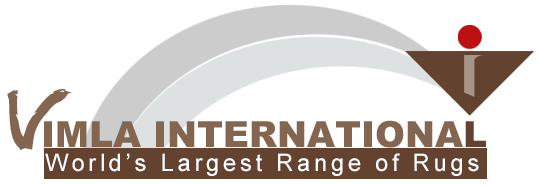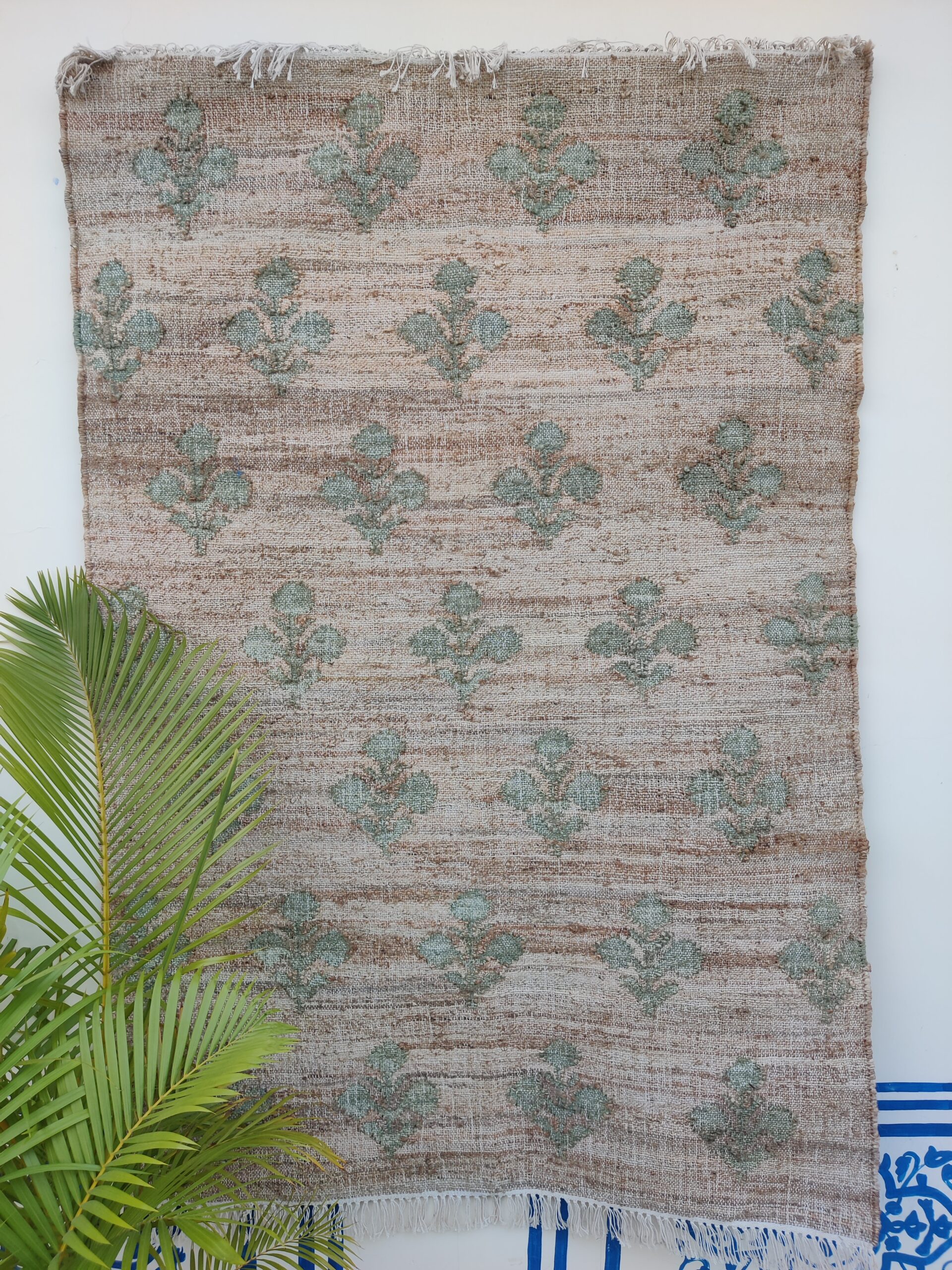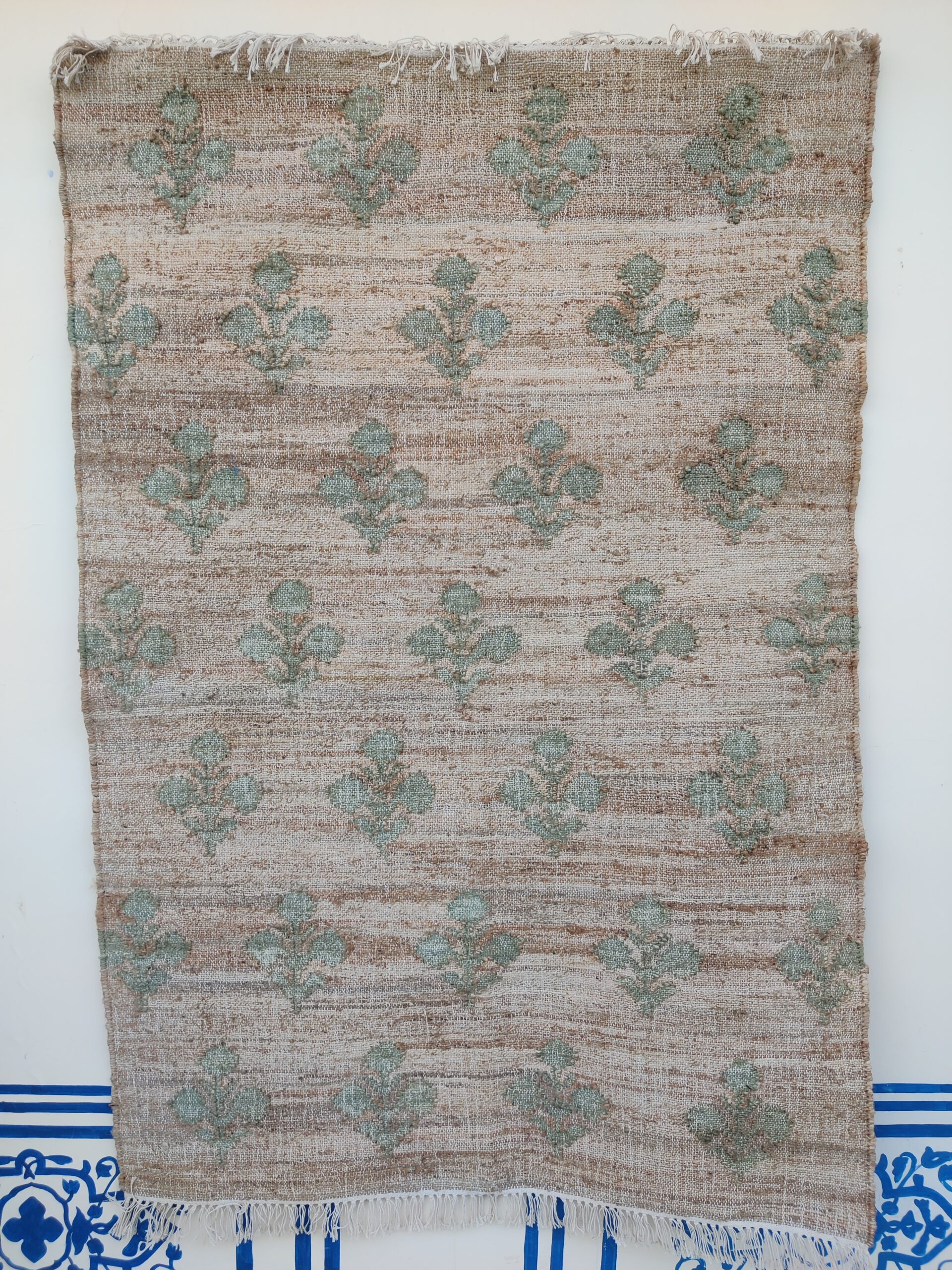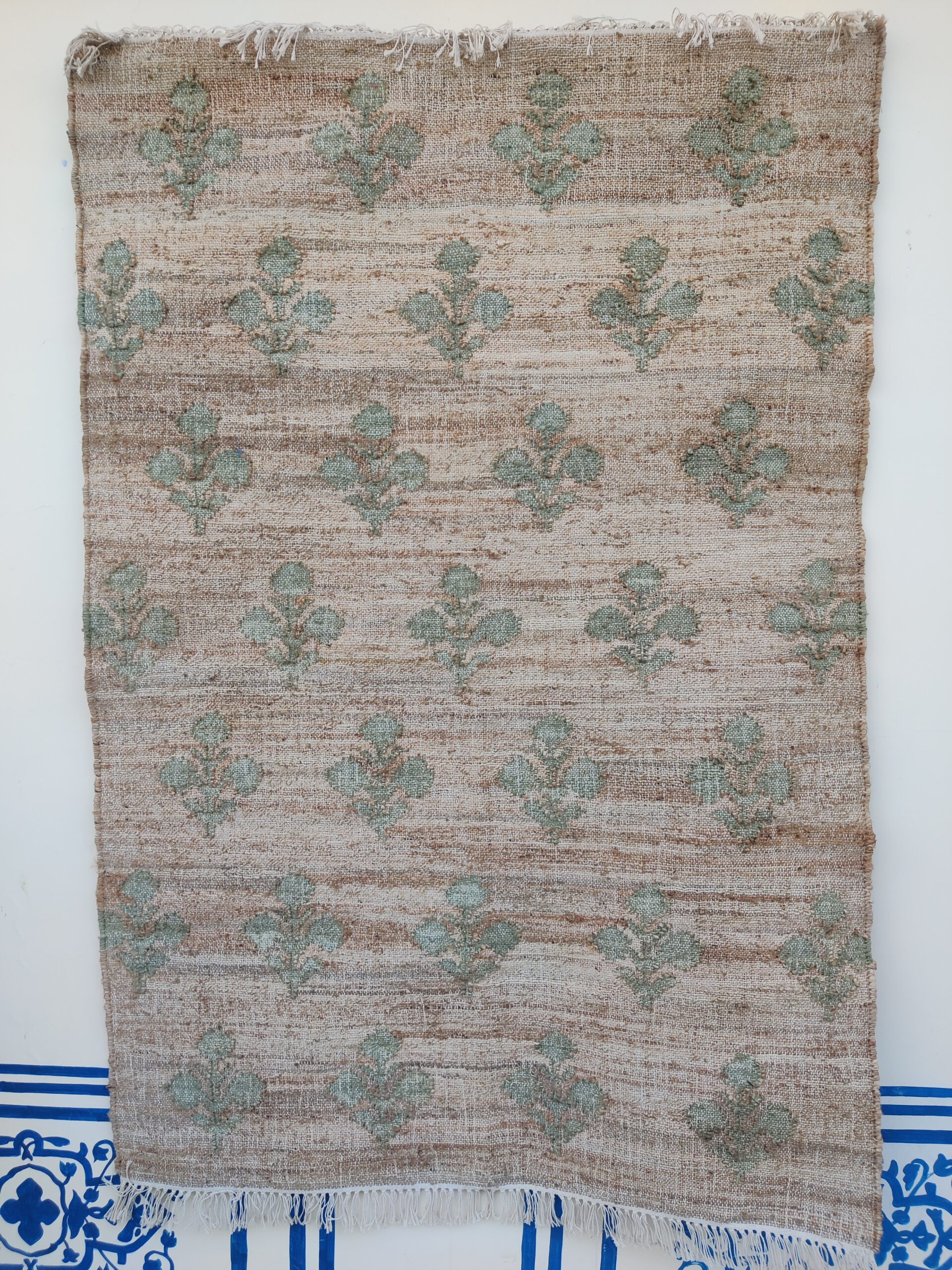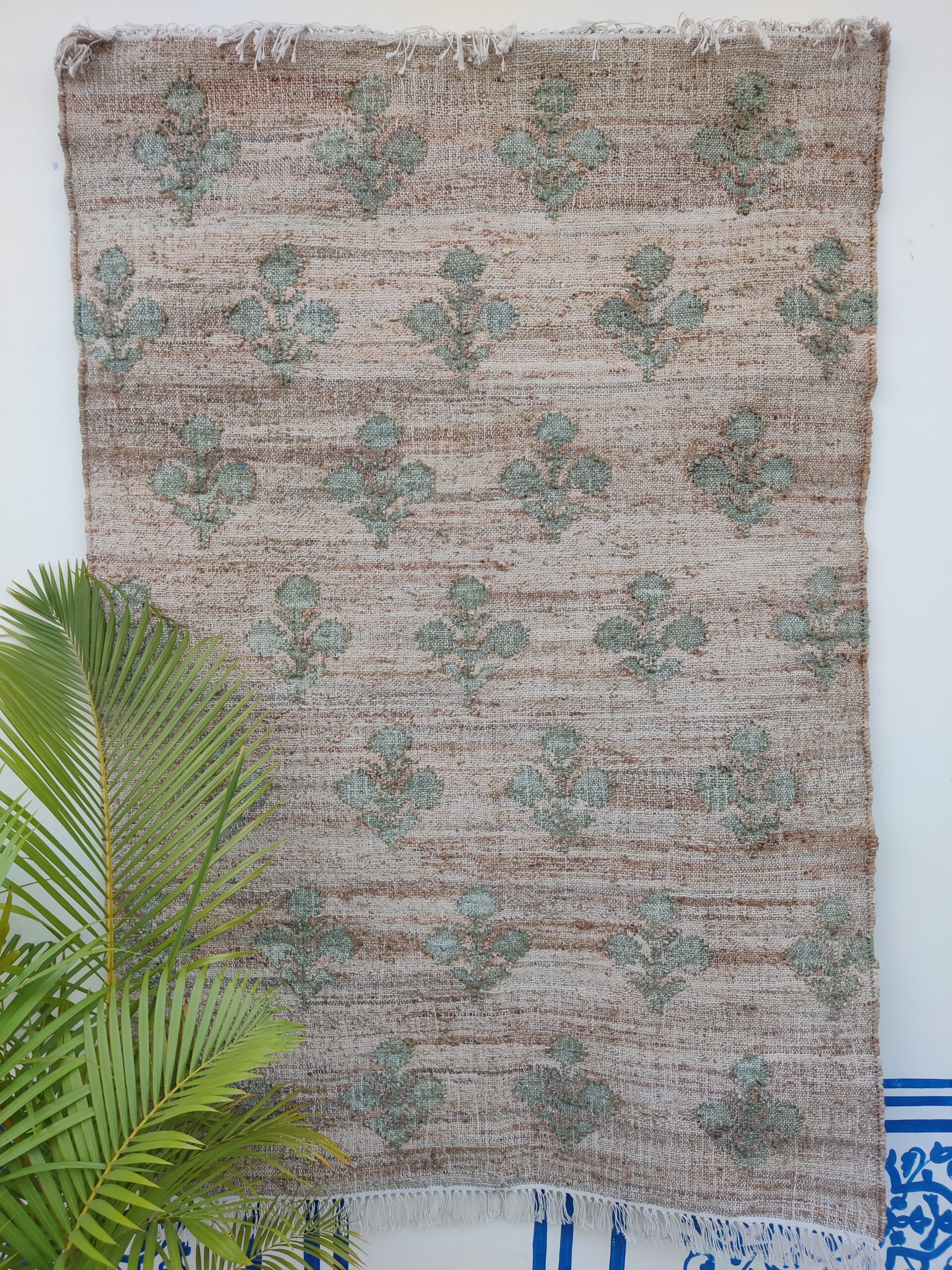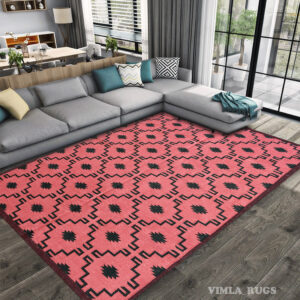A jute flat weave rug with a tight weave and thinner quality is a type of floor covering made from jute fibers, a natural vegetable fiber derived from the jute plant. The term “flat weave” refers to the construction style of the rug, where the fibers are tightly woven together to create a flat, smooth surface without any piles or loops.
In the case of a tight weave, the jute fibers are closely packed together, resulting in a dense and sturdy rug. The tight weave ensures durability and makes the rug less prone to fraying or unraveling. It also gives the rug a sleek and refined appearance.
The thinner quality of the jute flat weave rug means that it has a relatively lower pile height or thickness compared to other rugs. This characteristic can have a few implications. Firstly, a thinner rug is typically more lightweight, making it easier to move and handle. It can be a practical choice for spaces where you want a rug that doesn’t feel too heavy or overpowering.
Secondly, the thinner quality may affect the underfoot feel of the rug. Jute fibers are naturally coarse, so a thinner jute rug may have a slightly rougher texture compared to thicker or plush rugs. However, this can vary depending on the specific rug and the treatment of the jute fibers during manufacturing.
Overall, a jute flat weave rug with a tight weave and thinner quality offers a durable and sleek option for adding texture and natural charm to your space. It can work well in various settings, from modern and contemporary interiors to more rustic or bohemian-inspired decors.
Wash And Care
Regular Maintenance:
Vacuum your jute rug regularly to remove dirt, dust, and debris. Use a brush attachment or a vacuum cleaner with adjustable height to prevent pulling or damaging the fibers.
Rotate the rug periodically to ensure even wear and sun exposure.
Spot Cleaning:
For small spills or stains, blot the area immediately with a clean, dry cloth or paper towel. Avoid rubbing, as it may cause the stain to spread.
If needed, you can use a mild detergent or jute-specific cleaner mixed with water. Apply the solution to the stained area using a soft cloth or sponge, gently rubbing in a circular motion. Make sure to test the cleaner on a small, inconspicuous area of the rug first to check for any adverse reactions.
After cleaning, blot the area with a clean, damp cloth to remove any soap residue, and allow it to air dry completely. Avoid excessive moisture, as jute rugs are not highly resistant to water.
Avoiding excessive moisture:
Jute rugs are susceptible to water damage and mold growth. It’s important to avoid excessive moisture exposure.
Do not steam clean or wet shampoo a jute rug, as this can cause the fibers to swell, warp, or become discolored.
If the rug gets wet, blot the excess moisture with a towel and allow it to dry thoroughly in a well-ventilated area. You can use a fan or open windows to aid in the drying process.
Protection and Maintenance:
Place a rug pad underneath your jute rug to provide cushioning, prevent slipping, and protect it from wear and tear.
Avoid placing the jute rug in areas with high humidity, direct sunlight, or heavy moisture, as these conditions can cause the fibers to weaken or fade.
Trim loose fibers or snags with sharp scissors to maintain a neat appearance. However, exercise caution to avoid cutting the rug’s structure.
